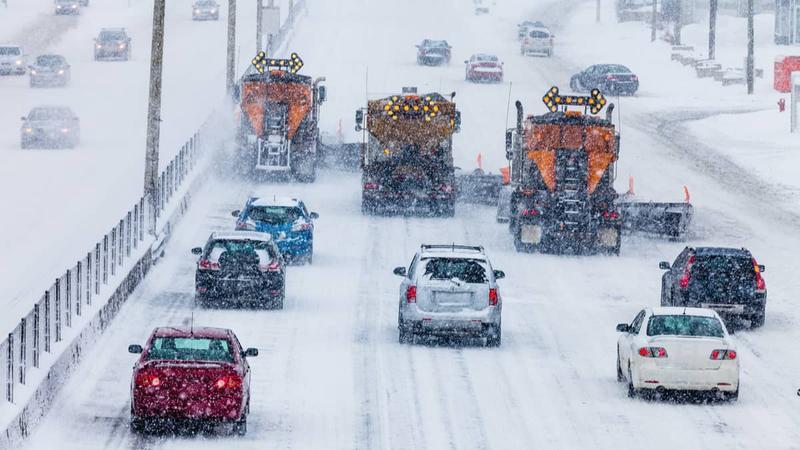On June 20th, a severe storm swept through central Alberta causing millions in damages.
Auto insurance, home, and business insurance claims stemming from a severe storm system that tore through central Alberta in June are expected to total more than $30 million. According to the Insurance Bureau of Canada (IBC), the storms produced hail and winds of more than 100 km/h that brought trees down, tore off roof shingles, caused flying debris and even blew over a tractor-trailer.
"Severe storms have been happening more often and with greater intensity across Alberta," said Bill Adams, Vice-President, Western, IBC. "It is important that Canadians understand their insurance policies and what's covered. It's also essential to have an emergency preparedness plan and know what to do when bad weather strikes."
When a storm causes damage, what’s covered?
Damage to your home caused by wind or hail is usually covered by your home insurance policy, and this includes if your home is damaged by falling tree branches or flying debris that are whirling around from high winds.
Damage to your auto, however, will only be covered if your auto insurance policy includes comprehensive or all perils coverage. It's an optional coverage, so if you want to be sure your car is protected from foul weather, it may be worth adding it to your policy if it’s not already included.
How to prepare for the next severe storm?
Storms are going to happen, however, Public Safety Canada’s Get Prepared campaign offers some tips on how to prepare for the next severe storm.
Well before there’s a storm on the horizon, you should:
- Prepare an emergency kit that includes water, food that won’t spoil, a can opener, flashlight, battery-powered radio (with extra batteries), first aid kit, a few basic toiletries, clothing and footwear, cash, and copies of your identification, insurance information and banking details. The food, water and batteries in your kit should be able to sustain you and your family for 72 hours.
- Develop an emergency plan with your family so everyone knows what to do and is aware of where you're to meet in case you are separated.
- Maintain a healthy supply of first-aid necessities in the house.
- Prune your trees regularly to remove dead branches to minimize the risk of the branches falling onto your home during a storm. Remove dead trees, as needed.
- Make sure your roof is in good repair, and regularly clean and maintain your eavestroughs and gutters so that they’re not blocked.
- Take inventory of important contents within your home. If at some point there is need to make a claim, you will have a detailed list on hand of the items you own.
When there’s a storm in the forecast, you’ll want to:
- Move your vehicle to the garage to protect it from damage that may be caused by high winds and hail.
- Secure or put away loose objects such as outdoor furniture and garbage cans.
Finally, once the storm hits, seek shelter and stay away from windows and doors. If you’re in the car when it happens, pull over—away from trees and power lines—and wait it out.
Weather the storm’s aftermath with home insurance
There’s no way to completely prepare for the aftermath of a severe storm; but the best and easiest way to protect yourself and get your home back in order is with home insurance. Visit InsuranceHotline.com to compare quotes and find the best rates for the coverage.
